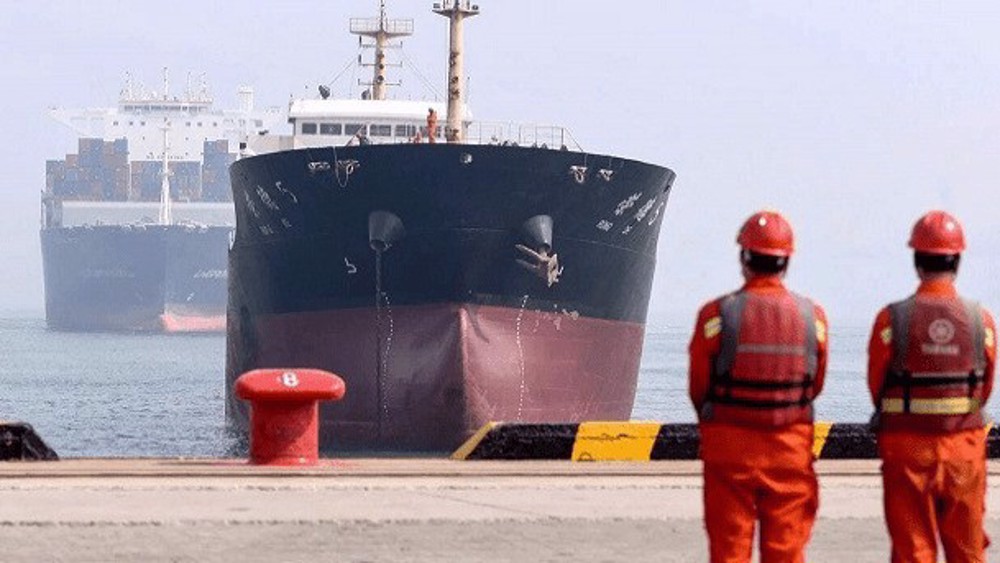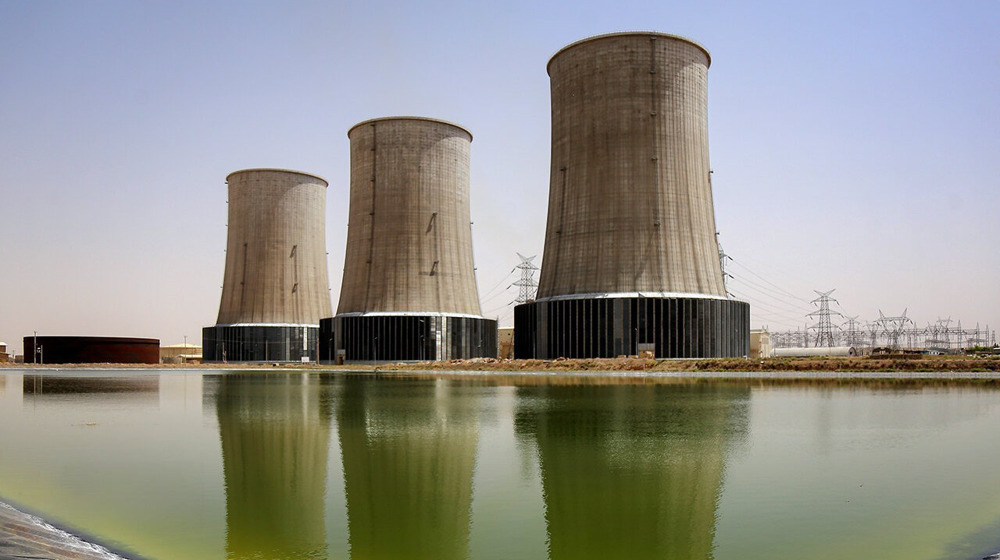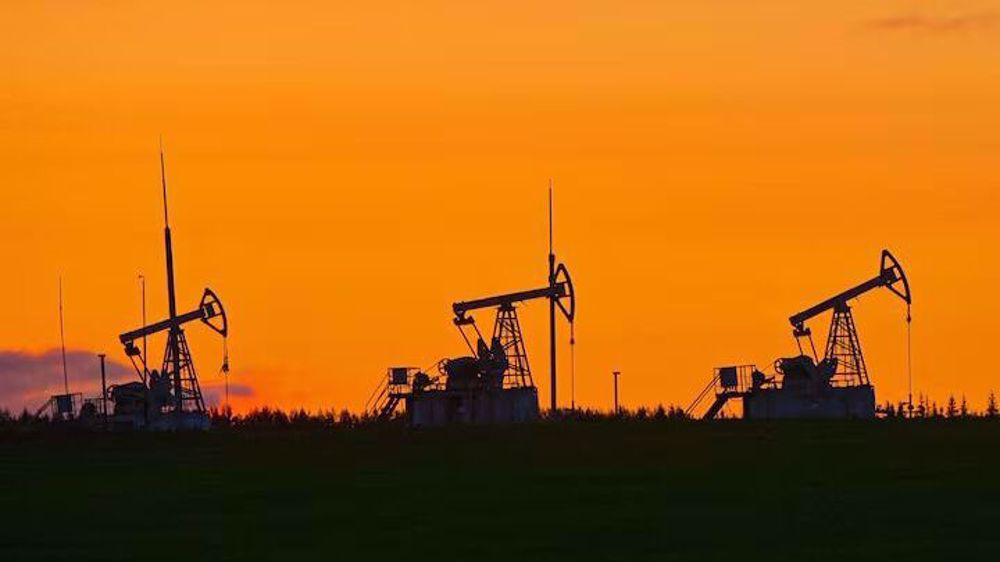Iran petrochemicals gear up for trade rush
International traders are positioning to snap up Iran’s petrochemical exports as nuclear negotiations near the final stage amid hopes of an agreement.
"Iran has turned into a key priority for anyone involved in Middle East petrochemicals trade," Platts quoted Euardo van-Zeller Neto at Roland Berger Strategy Consultants as saying.
Representatives from trading companies have repeatedly visited Tehran and some of them have placed permanent representatives there, it said.
According to head of the National Petrochemical Company (NPC) Abbas She’ri-Moqaddam, several European countries have indicated their willingness to invest in Iran's petrochemicals.
Platts said one of the bigger companies closely watching Iranian trade includes Chinese giant Sinopec.
"Chinese companies have shown an interest in investing in Iran and we may see strong investments in the country once the sanctions are eased," van-Zeller Neto said.
The petrochemical industry is the biggest source of foreign earnings for Iran after oil but US sanctions have caused exports to decline. In May 2013, Washington blacklisted eight major Iranian petrochemical companies, including Bandar Imam Petrochemical Co., Bou Ali Sina Petrochemical Co. and Mobin Petrochemical Co.
Iran is also cut off from the international financial system but banks have started showing interest in business with the energy superpower. According to Platts, Iranian trade will see a major change once the banks begin to open letters of credit for Iranian cargoes.
Several petrochemical companies are listed on Iran’s main bourse, offering a variety of commodities for trade. Last year, Iranian companies exported $14 billion of petrochemical products.
Iran’s total petrochemical production capacity stands at 60 million metric tons per year which the country plans to double.
On Wednesday, She’ri-Moqaddam said about $70 billion of investment was needed in the petrochemical industry over the next 10 years.
Three new petrochemical plants are expected to become operational before the end of the current Iranian year in March 2016, raising the country’s production of light and heavy varieties of polyethylene by about 900,000 metric tons.
HB/HB
UN raises alarm over ongoing Israeli strikes near peacekeepers in Lebanon
Iran, Egypt urge global action to end Israel’s violations in Gaza, Lebanon
21,000 Palestinian children ‘disabled or amputated’ in Gaza: NGO
Qatar warns Gaza deal not a true ceasefire without Israeli withdrawal
Explainer: Why is America losing its young generation to mental health epidemic
Hidden strengths of Iran’s post-revolution economy
UK Supreme Court dockets Iran’s appeal over London building confiscation
Israeli airstrikes kill three more in northern Gaza amid truce breaches










 This makes it easy to access the Press TV website
This makes it easy to access the Press TV website